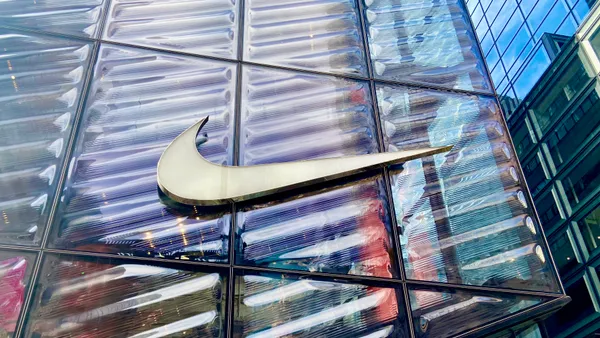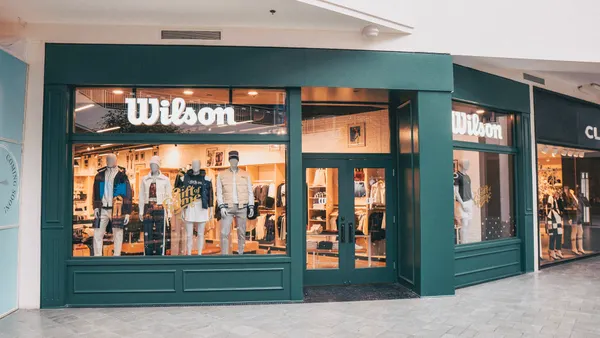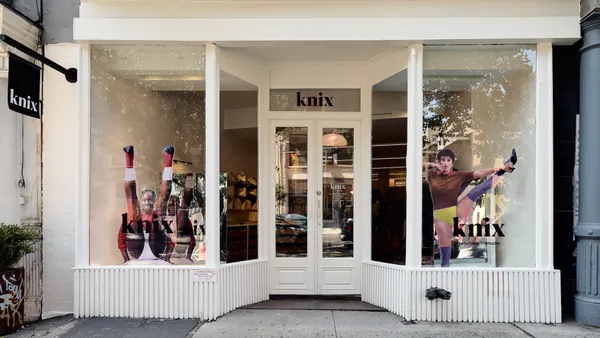Dive Brief:
- With the holiday sales season underway, Amazon is pricing 20% below other online retailers on average in key product categories, according to a study by Profitero, which provides e-commerce performance analytics.
- Walmart was the closest behind Amazon, with prices 4.1% more on average than the e-commerce giant's. Target was 10.6% more expensive than Amazon overall. Walmart's Jet unit was 11.3% more expensive, according to the study, which was emailed to Retail Dive.
- Meanwhile, category specialists like Best Buy, Staples, Dick's and Wayfair were generally priced well above Amazon. That, according to Profitero, signals those retailers "choosing to compete on non-price factors to win with shoppers."
Dive Insight:
For retailers hoping for an end to perennial holiday price wars — sorry. Amazon has entered the holiday sales fracas with a chainsaw, meaning things likely won't get better anytime soon.
Only Walmart seems up to an all-out price battle with Amazon, the latter of which has the benefit of eternally patient stockholders who don't mind low margins, as well as a huge stable of third-party merchants.
Walmart trailed Amazon by just over 4%, according to Profitero. In individual categories, the disparity is narrower. Walmart was only 0.2% behind Amazon's prices on baby products, 1.3% behind on pet supplies and 1.7% behind on toys. The same goes for Target, which was within 5% of Amazon on price in toys, household supplies and beauty products.
The big box category retailers aren't having any of it, though. "While 'online generalists' like Amazon, Walmart, Jet and Target continue to compete aggressively with one another on price, category specialists appear to have entirely abandoned item-by-item price competition," said Keith Anderson, Profitero's senior vice president of product strategy and insights, in a press release.
Best Buy, for example, priced 16.7% higher on average than Amazon in appliances, while Walmart was just within 5%. In electronics, Best Buy was 15.8% more expensive than Amazon, while Walmart was just 2.8% more. In furniture, online seller Wayfair was 28.3% more than Amazon and Target 34.2% more. Staples is priced more than 45% more expensively than Amazon on office supplies.
"Instead, they are competing on value beyond price, offering memberships, personalized services, personalized promotions and private label products consumers can't find elsewhere," Anderson said of category specialists. "This is the recipe for how retailers — and even brands selling direct-to-consumer — can compete long term in this age of algorithmic-driven pricing."
That may be true, but specialists must have a solid offer on tap if they are going to cede to generalists on price. Toys R Us priced higher than the major generalists on price in the holiday season of 2017, which partly explains its fatal tailspin in the fourth quarter of that year.
On the other hand, Best Buy, as an example of the best case for category specialists, has invested in its employees, price and a suite of services to compete with Amazon in electronics. That has made for a textbook turnaround story in retail.














